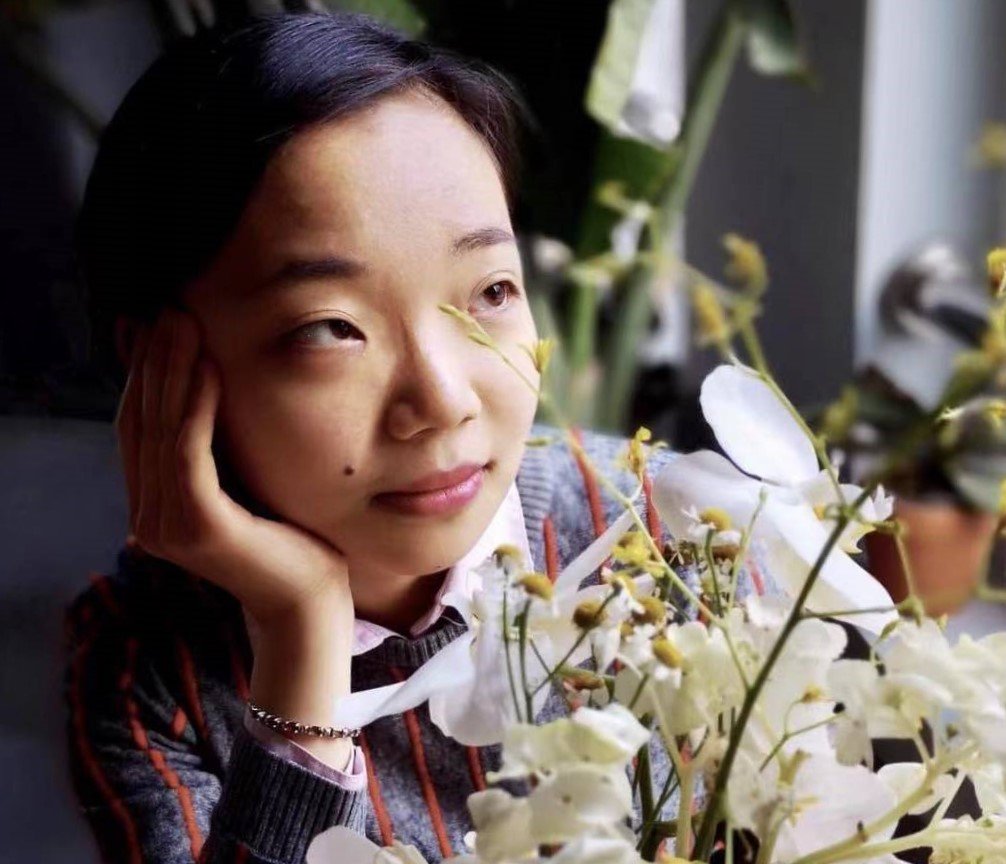YEAR OF THE WOOD DRAGON
If any seasonal advertisement posted by Chinese and other East Asian grocery stores or online shops attracts you, you might have noticed that the coming of ‘the Year of the Dragon’ is announced everywhere. Indeed, it is unique in some ways, as the dragon, the fifth in the sequence of twelve animals (rat, Ox, tiger, rabbit, dragon, snake, horse, goat, monkey, rooster, dog, pig) in the Chinese zodiac, is the only mythical creature. Partly because dragon is a symbol representing imperial power, prosperity and authority, a popular belief is that people born in the year of the dragon tend to have confident, intelligent, and even charismatic personalities. What follows is an assumption of a general favor for dragon over other animals (the years), such as predicting more babies to be born in the year of the dragon.
The Chinese Numerology
Do Chinese couples — especially in recent decades — really plan pregnancies in advance (by the end of the third month of the lunar year), aiming to have dragon babies? You will find this very much of a misconception if you read the data regarding birth rate, death rate and natural growth rate published by the National Bureau of Statistics of China, referring to 2012, 2000 and 1988, the most recent three years of the dragon. The year of which animal does not have much influence on couples’ reproduction in general, though it may vary among individual cases. In other words, Chinese people are aware of the rhetoric elements of dragon and other animals belonging to the zodiac system, rather than fortune-telling. Dragon, with its connotation of success and deeds, is an outcome instead of a prediction. If one indeed has great hopes for their offspring, there is an idiom to describe them, which can be translated as ‘to hope one’s son becomes a dragon, daughter a phoenix’ (望子成龍,望女成鳳). Chinese parents are not so much interested in having dragon babies as encouraging ‘a carp’s leap over the Dragon Gate’! (鯉魚躍龍門. According to tradition, a carp that could swim upstream and then leap the falls of the Yellow River at Dragon Gate (Longmen) would be transformed into a dragon. This motif symbolizes success in the civil service examinations [科舉考試] in ancient China and in today’s College Entrance Examination [高考].)
The separation between the zodiac animals and one’s fortune is arguable, even following the traditional Chinese way. Numerology, a recognized method of serious divination in China — despite the criticism it has long attracted because of confusion with superstition — involves little association with the Chinese zodiac animals. Traditional Chinese numerology, which finds its root in the ancient sexagenary cycle (干支法) as a traditional method of numbering years, days and time, is based on a four-pillar method (四柱法), integrating the four stem-and-branch sets (天干地支) according to the sexagenary cycle which indicate the year, month, date and hour of someone’s birth respectively. It has nothing to do with the zodiac animals (and the celestial meaning of the animals in traditional Chinese astronomy is a much-later-constructed theory in Ming Dynasty [1368–1644 AD]); the twelve animals were brought in and associated with the twelve Earthly Branches (十二地支: 子、丑、寅、卯、辰、巳、午、未、申、酉、戌、亥) in Eastern Han Dynasty (25–220 AD), partly because the characters for animals are straightforward and easier to remember than the abstract Earthly Branches. In this way, the illiterate mass could keep track of the date — these twelve animals are those Chinese people are most familiar with even today.
Therefore, the statement ‘a year of the dragon’ is a vernacular form to say ‘a year of 辰 (chén)’, as dragon is associated with the fifth earthly branch, 辰 (chén). And that’s only half of it; for a complete form of year recording according to the sexagenary cycle, you will need to find the right ‘heavenly stem’ from the ten (甲、乙、丙、丁、戊、己、庚、辛、壬、癸) for it. You will need to do some math, which is basically a question of permutation and combination between the set of the ten Heavenly Stems and the twelve Earthly Branches. We will have sixty terms, thus a total of sixty years for one cycle. This year is, let us put it in the full term, the year of 甲辰 (bǐng chén). The year 1976, 60 years ago, bears the same term. If you would like to learn more about the notion of Samsāra, i. e., the cyclicity of all life, matter, and existence, in Chinese culture, don’t hesitate to let us know.
Please bear this in mind — when it is the time for the Mid-Autumn Festival, we will share with you a historical poem ‘of the same year’ — that is, a poem written in the year of 甲辰. Now, just sit back, relax, and enjoy the treats by our chefs, if the math causes you a headache!
2024 The Chinese Zodiac Cake
Blog prepared and edited by Yuxuan Cai
History Ph.D Candidate at University of Cambridge


